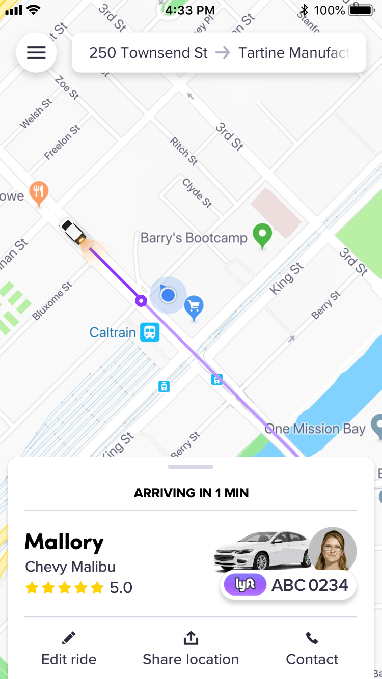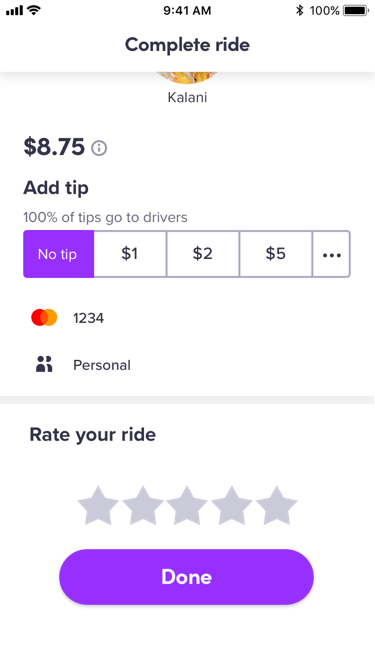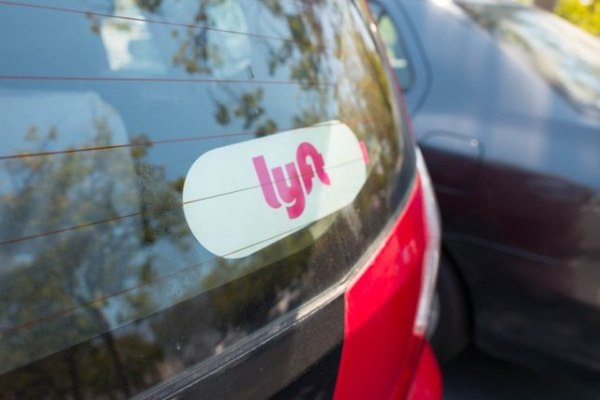Earlier this spring, both Uber and Lyft introduced new safety features and policies following the death of a university student who was kidnapped and murdered after getting into a vehicle she believed to be her Uber ride. Today, Lyft is announcing an expanded set of safety features and programs, including those that help riders find and identify their ride, alert emergency services if they believe they are in danger and communicate ride issues back to Lyft support and drivers.
It’s also introducing a new driver and rider education program.
In April, Lyft had begun the process of making its app and service safer with the implementation of continuous background checks for drivers — something Uber has had in place since 2018. It also said it was enhancing its identity verification process for drivers to prevent driver identity fraud on its platform.
Uber, meanwhile, had last month introduced new system banners and alerts to remind users to check their ride details — like the license plate, car make and model, as well as the driver’s name and photo. It had previously rolled out its own slate of safety features a year ago, which included its in-app Safety Center and an “Emergency” button.
Today, Lyft is catching up with the announcement of a similar feature set.
In the weeks ahead, Lyft says it, too, will roll out an in-app feature that provides for riders access to 911 from within its app. (Drivers already had this feature in their own app, Lyft notes.)
Like Uber, Lyft is also redesigning its app to better highlight the ride details — and specifically, making it easier to see the license plate number. When the car arrives, the driver photo, car photo and license plate appear in a pop-up in the app, alongside a reminder to match the plate to the one on the vehicle.

Some riders may have already seen this change, but it will now roll out to the remaining user base, says Lyft.
The company is also introducing mandatory feedback that will require riders to explain when a driver receives less than four stars.
This feedback is shared anonymously with the driver in a single location in their app, Lyft says. However, this change may not resolve issues with drivers who behave poorly because many people are uncomfortable leaving feedback when they felt unsafe. Riders, and especially women, often believe the driver would figure out that it’s them, even if it’s anonymous. Plus, if the driver has picked them up from their home, office or another place they frequent, they may feel even less comfortable leaving a review since the driver literally knows where to find them.

Finally, Lyft says it will make sexual harassment prevention education available to all Lyft drivers and riders this year, but didn’t share the details as to how these materials will be rolled out.
The new features join Lyft’s existing line-up of features, programs and policies focused on safety, like its background checks on drivers, in-app photos of drivers and vehicles, real-time ride tracking, digital receipts and two-way rating systems — the majority of which are common to ride-hailing apps.
The company says it expects to expand its efforts in this space over the course of the year and in the future.
The changes arrive soon after both Uber and Lyft saw their IPOs perform poorly, a result of investor concerns around slowing growth, mounting losses, increased global competition and numerous other factors. Adding to that the fact that their apps may not be safe enough in their present state could have been another big ding against both businesses, had the companies not addressed the problem.
